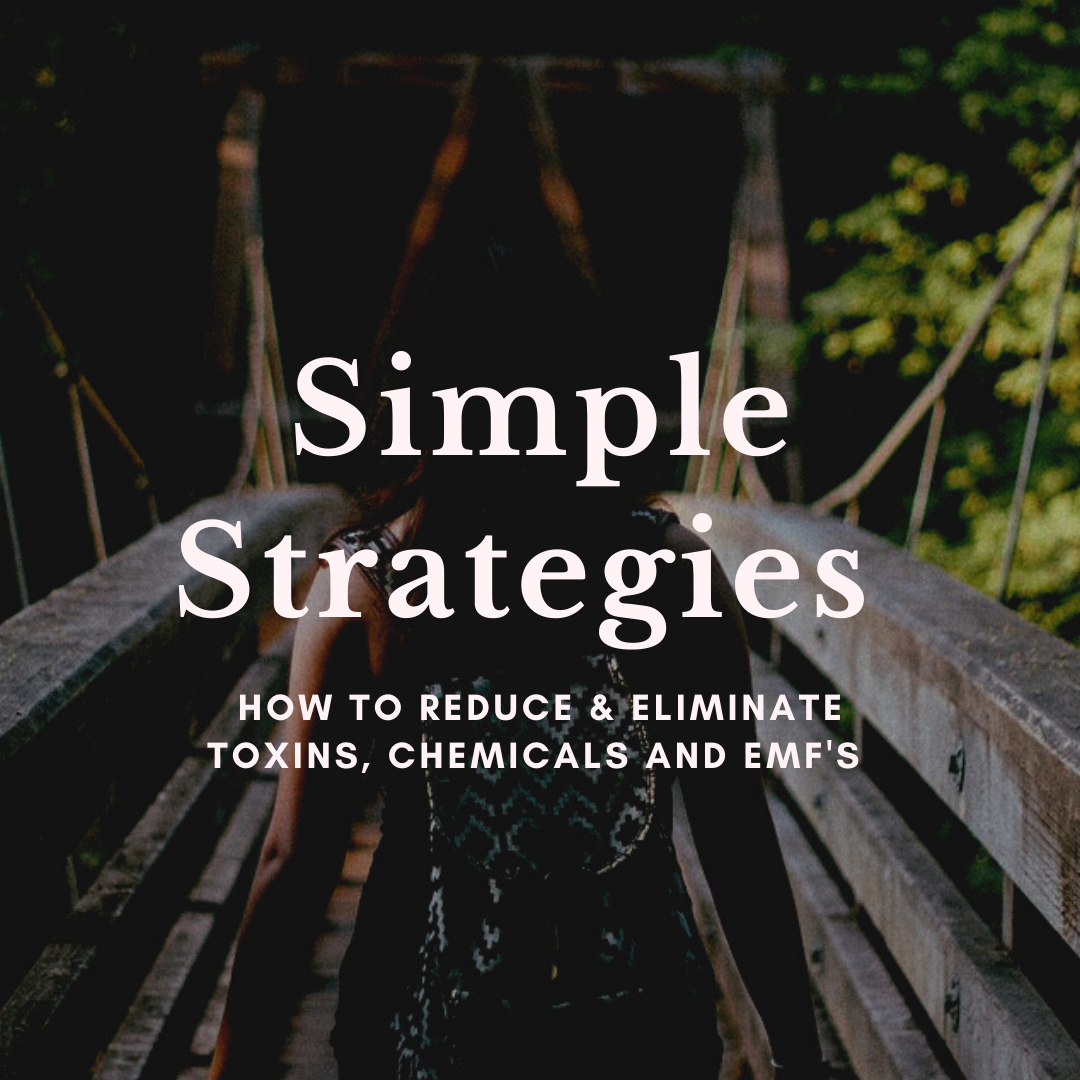If you’re pressed for time, how can you give your body the nutrients and support it needs? Well, Bone Broth Protein capsules are the answer.
Unlike other protein capsules, Bone Broth Protein capsules have ZERO grams of sugar per serving. Plus, it’s loaded with:
- Type II Collagen
- 19 naturally occurring Amino acids
- Clinically studied Ashwagandha
- Clinically studied Eggshell Membrane
- Glucosamine
- And 3 grams of highly absorbable bone broth protein
All with only 10 calories.†
FUELING YOUR BODY: A sugar-free breakthrough in protein supplementation that provides the unique benefit of bone broth in a convenient capsule form.
ESSENTIAL: Provide the nutrients your body needs to thrive, including collagen, gelatin, glucosamine, chondroitin and key minerals most people are missing in their diets all with ZERO grams of sugar, and 3 grams of protein per 10 calorie serving.
UNBEATABLE QUALITY: It’s paleo-friendly, sugar-free, dairy-free, gluten-free, Non-GMO, soy-free, grain-free, nut-free and loaded with 3 grams of highly-absorbable protein, and only 10 calories per serving.
RAPID RESULTS: Perfect if you’re on-the-go. Simply taking these capsules with 8 ounces of water.
TRY IT RISK FREE: Buy with confidence when purchasing exclusively from Dr. Axe. Click the “Add to Cart” button to give Bone Broth Protein capsules a try. If you’re not 100% satisfied with your purchase, Dr. Axe will happily refund your order within 30 days of purchase. It’s that simple!*

